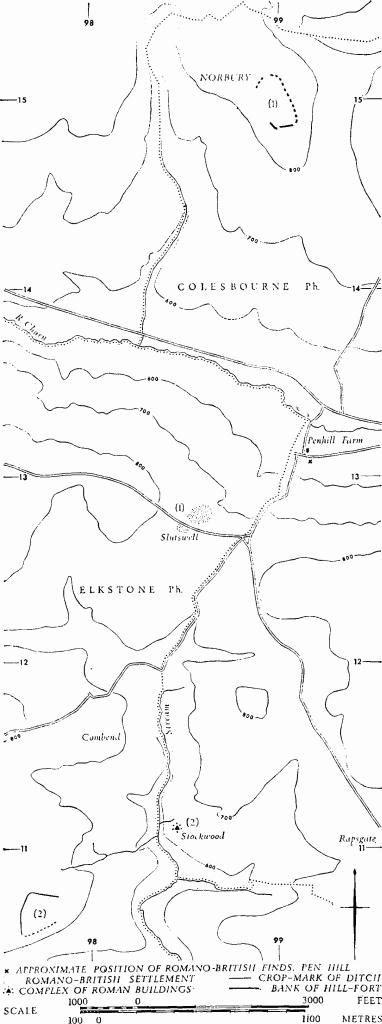Ancient and Historical Monuments in the County of Gloucester Iron Age and Romano-British Monuments in the Gloucestershire Cotswolds. Originally published by Her Majesty's Stationery Office, London, 1976.
This free content was digitised by double rekeying. All rights reserved.
'Elkstone', in Ancient and Historical Monuments in the County of Gloucester Iron Age and Romano-British Monuments in the Gloucestershire Cotswolds( London, 1976), British History Online https://prod.british-history.ac.uk/rchme/ancient-glos/pp53-54 [accessed 23 November 2024].
'Elkstone', in Ancient and Historical Monuments in the County of Gloucester Iron Age and Romano-British Monuments in the Gloucestershire Cotswolds( London, 1976), British History Online, accessed November 23, 2024, https://prod.british-history.ac.uk/rchme/ancient-glos/pp53-54.
"Elkstone". Ancient and Historical Monuments in the County of Gloucester Iron Age and Romano-British Monuments in the Gloucestershire Cotswolds. (London, 1976), , British History Online. Web. 23 November 2024. https://prod.british-history.ac.uk/rchme/ancient-glos/pp53-54.
ELKSTONE
(7 miles N.W. of Citencester)
The remains of five Roman columns, probably from Stockwood Roman villa, Colesbourne (2), are in the garden of Combend Manor. A sixth column, of anomalous form with a very small rectangular capital, perhaps recut, is of uncertain attribution (Plate 27).
(1) Probable Romano-British Settlement (SO 984127), Slutswell, extends over about 2 acres in arable on the N. shoulder of a Great Oolite ridge; a spring flows down a narrow re-entrant gully immediately to the N.W. Within 50 ft. of the N. side of the modern road there are at least three concentrations of building debris, mostly Oolite, but including sandstone, Roman tiles and a few Romano-British potsherds. Further N., air photographs indicate two or more building sites. One of them is about 50 ft. by 30 ft. and has an approach track some 25 ft. wide; building debris, including tile, is scattered over much of this area. Mediaeval pottery and one or two Romano-British sherds have been found.

Monuments in Elkstone and Colesbourne.
Romano-British finds probably from the arable field S. of the road include a coin of Carausius, 5 clay 'kilnsupports', a stone grinder and a polisher; all these are in Gloucester City Museum.
R.A.F., VAP CPE/UK 1846: 1086.
(2) Enclosure (SO 977106), undated, S. of Watercombe Farm, shows as a crop-mark straddling the E. end of a spur and covering at least 5 acres (Plate 59). The N. side is continued E. for about 150 ft. by a low scarp in rough pasture. The ground drops sharply from just outside the modern field boundary on the S.
N.M.R., OAP SO 9710/1/366.
